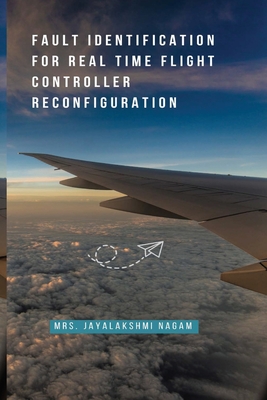You are here
Back to topFault Identification for Real Time Flight Controller Reconfiguration (Paperback)
Description
Fault Identification for Real Time Flight Controller Reconfiguration refers to the process of detecting, diagnosing, and mitigating faults in a flight control system in real-time. This is crucial for ensuring the safety and performance of aircraft. The process involves monitoring sensor data and analyzing it to detect any anomalies or failures in the system. Once a fault is detected, a diagnosis is performed to determine the cause of the fault and the appropriate reconfiguration strategy is implemented to mitigate its effects. This can include switching to redundant systems, adjusting control parameters, or other adaptive control techniques. The goal is to maintain the safe and stable operation of the aircraft while minimizing any impact on performance.
Flight controller reconfiguration refers to the process of adapting the control system of an aircraft to changing conditions or system failures. The goal is to maintain the safe and stable operation of the aircraft while minimizing any impact on performance. This can be achieved through a variety of methods such as switching to redundant systems, adjusting control parameters, or implementing other adaptive control techniques. The process of reconfiguration may be triggered by a variety of factors, including system failures, changes in flight conditions, or the need to optimize performance. The reconfiguration process is typically performed in real-time and can be based on both model-based and data-driven approaches. A key aspect of flight controller reconfiguration is the ability to detect and diagnose faults in the system and to implement the appropriate reconfiguration strategy to mitigate their effects.
Fault Tolerant Flight Control (FTFC) systems deal with the detection and diagnosis of faults and look at the task of regaining control in the presence of the fault. Some faults are difficult to detect with the onboard monitoring systems, with the result that these faults endanger the safety and reliability of an aircraft. The study of improvement in safety, redundancy, and adapting the Flight Control Laws (FCL) after the occurrence of faults has fascinated several investigators in the previous two decades. The literature study illustrates different fault diagnosis and FTFC approaches. The main research direction is to detect and isolate fault reliably, carry out real-time identification of the plant, and real-time control law (CLAW) reconfiguration. The main contribution of this thesis is towards these aspects. In this chapter, the basic terminologies are explained. The research work carried out in this thesis is in the area of FTFC systems.
